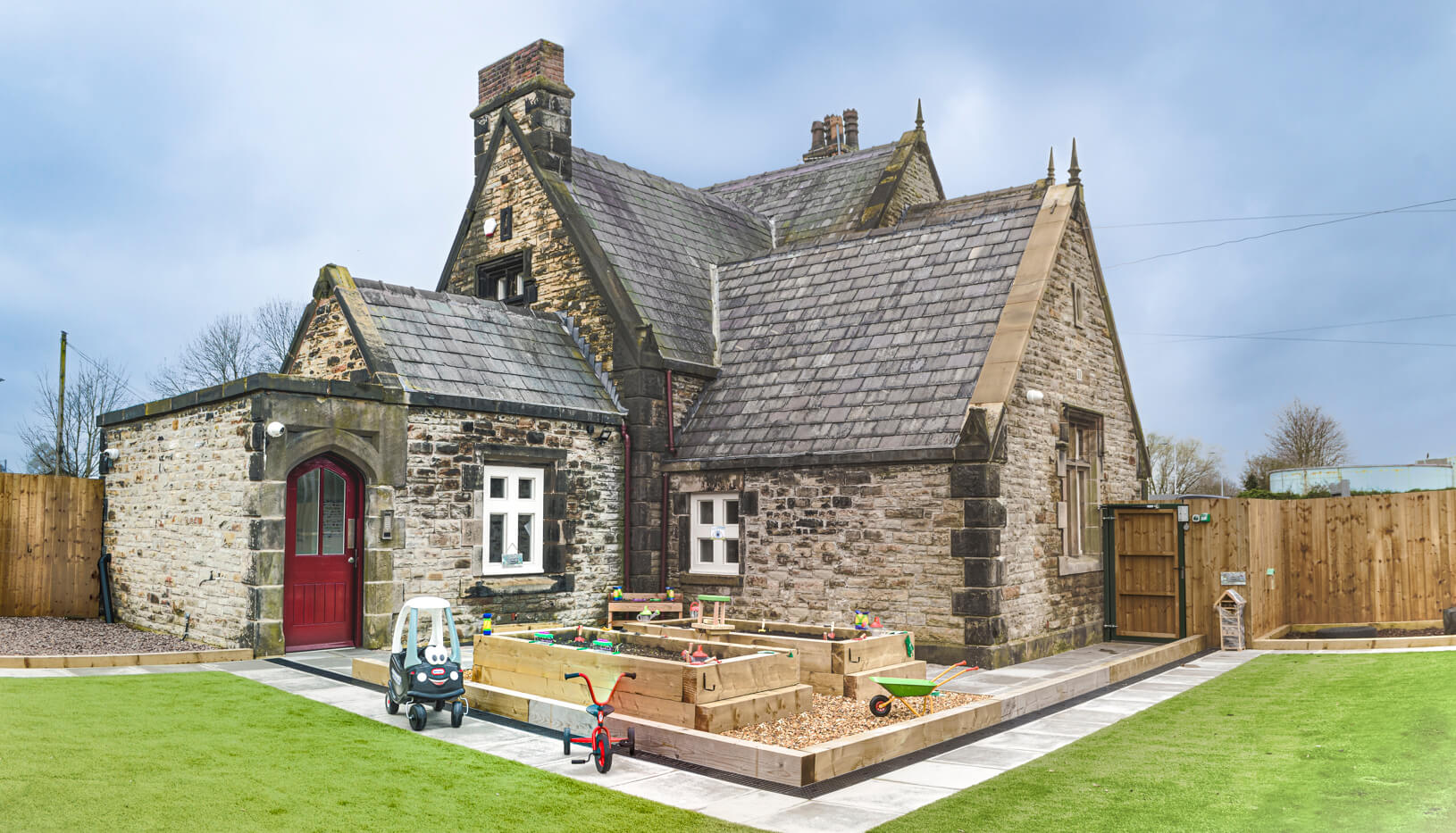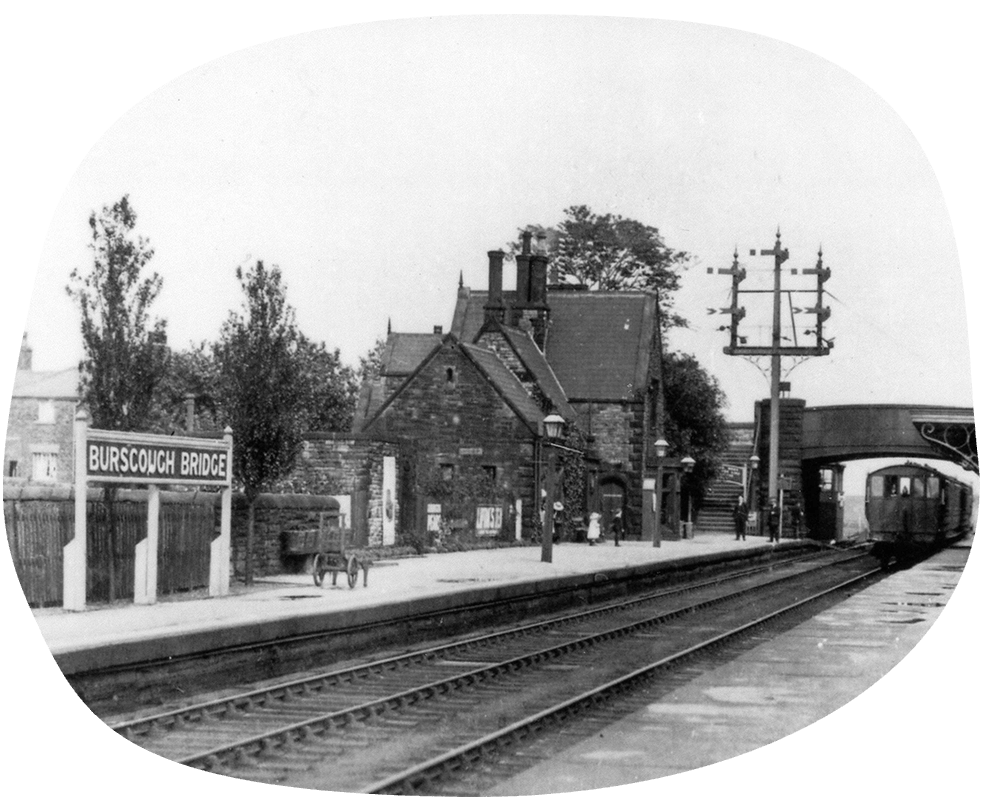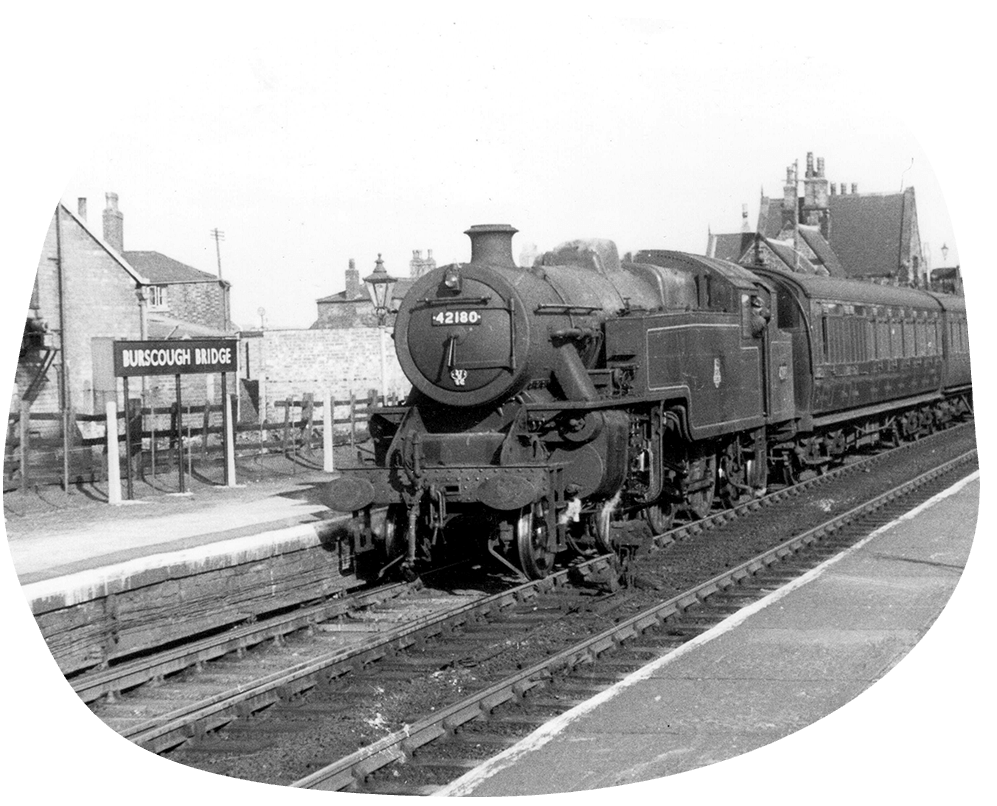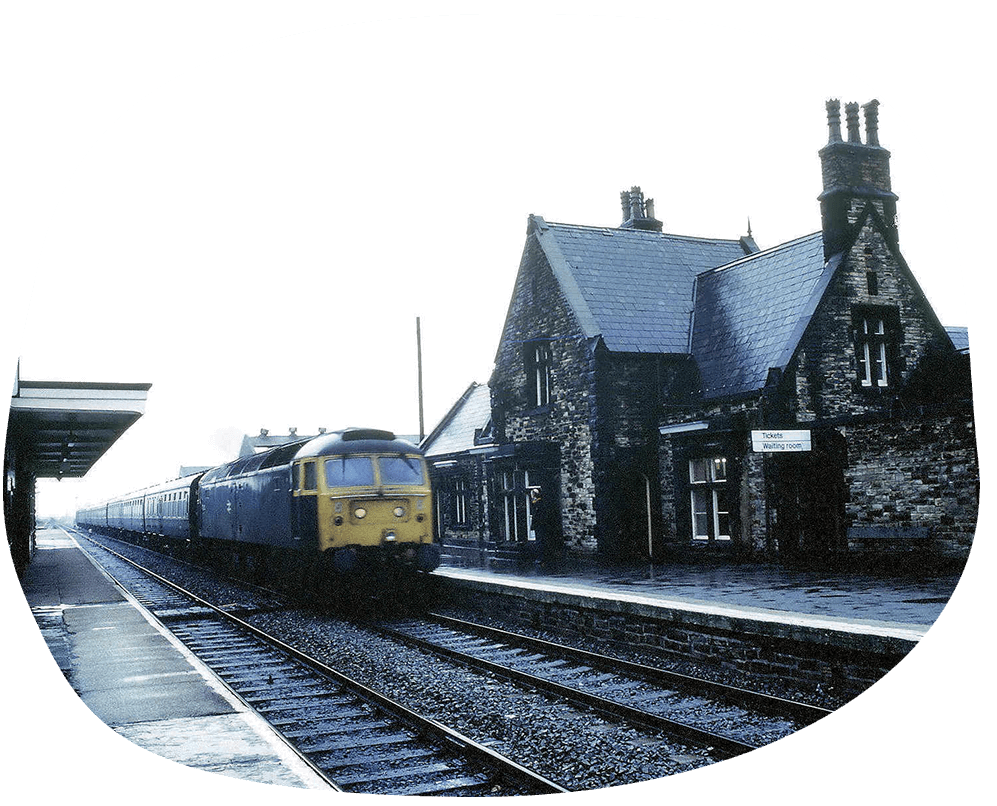
The History of the Station House
We take a look back at where it all began with the opening of the Southport-Wigan Line in 1855.
The Manchester and Southport Railway was authorised by Parliament in 1847 but, because Parliament sanctioned the Liverpool to Wigan, Bolton and Bury Line, the promoters withdrew their support. For a time, the scheme was dropped but, because of the fear that Southport would be cut off from Wigan, support for the project was again renewed and, on 12th January 1852, the public demanded that something must be done. After a relatively short time the Court of Queen’s Bench (August 1852) issued a mandamus to the directors who were then compelled to construct a line from Wigan to Southport.

During the construction of the line, no less than seven acres of sandhills, some of them seven feet in height, were removed from near Southport to Burscough Bridge for the new railway in August 1854. There were very few outstanding engineering works undertaken along this section of the line and, apart from the various bridges over the Leeds and Liverpool Canal and the River Douglas, there were only two short cuttings between Gathurst and Parbold that presented any problems. The stone obtained from these cuttings was used to build the stations along the line. However, the opening of line was delayed on 26th January 1855, when Captain Tyler of the railway department of the Board of Trade, refused to sanction the opening of the Wigan and Southport Railway until a second line of rails was laid between Burscough and Southport. On 4th April 1855, Captain Tyler sanctioned the opening of the line from Burscough to Southport, but the line from Burscough Bridge to Wigan remained a single line until 1st November 1861, when it was opened as a double line (except for the bridge over the canal at Burscough). A new bridge was constructed over the canal at Burscough which was tested on 6th December 1862.

On Saturday 7th April 1855, the opening ceremony took place. The train was gaily decorated and was full of directors and railway officials, and at Southport detonating signals were placed along the line (and no doubt elsewhere through which the train passed and as the train drew into Southport it was met by the sound of the Churchtown Band. Over 400 guests were also invited, and these arrived half an hour later in a second train.
Initially, only six stations were built along this line from Wigan to Southport, Gathurst, Appley Bridge, Newburgh (for Parbold), Burscough Bridge, New Lane and Bescar Lane, and the station houses at each of these stations built of stone in the ‘Elizabethan Style’. Subsequently, three other stations were opened along this line, at Ash Street, Blowick and, in this area, Hoscar Moss Station, which was opened on November 1st, 1870, and on 1st January 1900 it was renamed Hoscar Station.
The trains from Burscough Junction to Southport used the Burscough South Fork (closed 30th August 1964) and the Burscough North Fork was used in the early days by trains coming from Croston and Rufford to Southport. In 1962, the Burscough Bridge Station was closed, however, passengers could still travel on the line to Burscough Junction.

Fast forward 60 years and the Station House is ready for new beginnings
In 2021, development began to turn the old neglected Station House which is a Grade II listed building, into a local nursery school. Offering professional high-quality childcare for children aged 6 weeks to 5 years, the team at Station House Nursery School are here to help develop young minds along the right tracks.
With the restoration now complete, the Nursery features four rooms and an outdoor play area with capacity for up to xx Children.
OUR ROOMS
- Mini Stations (0-1 Years)
- Little Tracks (1-2 Years)
- Small Platforms (2-3 Years)
- Big Engines (3-5 Years)
Looking for a Local Nursery?
With places available, register your interest today by contacting us on 01704 617307 or email ask@stationhousenurseryschool.co.uk.